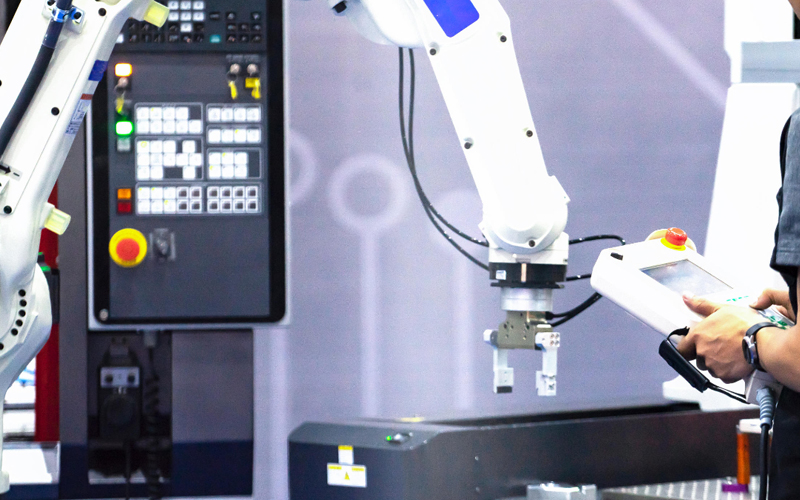Every organisation relies on procurement and finance to function smoothly. These departments ensure payments are made, budgets are balanced, and purchases happen on time. But let’s be honest—many of their daily tasks, despite being essential, are repetitive, time-consuming, and prone to errors. This is exactly where robotic process automation services (RPA) step in.
RPA automation services allow businesses to automate rule-based tasks like processing invoices, managing purchase orders, and reconciling accounts. Think of it as a digital workforce that handles the mundane stuff so humans can focus on more strategic work. Unlike humans, bots don’t get tired or distracted, which means fewer mistakes and faster turnarounds.
Take invoice processing as an example. In a traditional setup, a team member might spend hours entering data, cross-checking it against purchase orders, and chasing approvals. With robotic process automation services, a bot can do all this in minutes, flagging only the exceptions for human review.
- A report by Gartner even found that organisations implementing RPA can save finance departments as much as 25,000 hours of work. That’s a huge win for finance teams!
Procurement teams also stand to benefit massively. Tasks like monitoring supplier performance, ensuring compliance, and tracking orders can all be automated. For example, bots can track supplier metrics, flag any instances of non-compliance, and generate real-time financial reports to help teams make timely decisions. They can also schedule and send payment reminders, reducing the chances of delayed payments or penalties. These capabilities streamline day-to-day activities, enabling procurement teams to focus on strategic initiatives like fostering supplier partnerships and identifying cost-saving opportunities.
By taking over these tasks, RPA also enables organisations to scale more by increasing their transactions and data volumes. Instead of hiring more people to keep up, organisations can use RPA automation services to handle the additional workload seamlessly. Whether it’s processing 100 invoices or 10,000, bots scale up without breaking a sweat. This is particularly useful for global organisations managing complex supply chains and financial operations across multiple regions.
Another advantage of RPA is how easily it integrates with existing systems. Most businesses worry about the cost and disruption of overhauling their legacy systems. RPA eliminates this concern by working alongside existing tools like enterprise resource planning (ERP) software. It pulls data, processes it, and updates records without requiring any major infrastructure changes.
That said, implementing RPA isn’t as simple as flipping a switch. To ensure a smooth transition, organisations should:
- Start with identifying the right processes to automate. Look for tasks that are repetitive, high-volume, and follow clear rules—like invoice matching or expense tracking.
- Evaluate and clean their data. Bots rely on structured, accurate data to perform well. Messy or incomplete data can lead to errors and inefficiencies.
- Set up a plan for regular monitoring and updates. RPA systems need regular maintenance to keep up with changes in workflows and ensure optimal performance over time.
It’s also important to bring your team on board. Automation often raises fears of job losses, but RPA is about collaboration, not replacement. RPA automation services don’t just transform day-to-day operations; they create room for innovation. By handling the grunt work, they give employees more time for tasks that require creativity and judgement. For instance, a procurement officer can spend more time strategising cost-saving measures or improving supplier relationships instead of chasing down missing documents. However, to reach this collaborative stage, upskilling employees to work alongside automation is crucial. Employees must continue to feel just as important and valued by the organisation as they were before RPA automation services were implemented.
All things considered, it’s clear that in the coming years, robotic process automation services are set to become an integral part of procurement and finance. They don’t just save time—they foster innovation and growth. The future seems even brighter with the ongoing shift towards cloud-based RPA solutions. Unlike traditional on-premises RPA, which relies on in-house servers and infrastructure, cloud-based RPA operates online, offering greater flexibility and scalability. This allows businesses to implement automation faster, access tools from anywhere, and reduce maintenance efforts, making it a game-changer for organisations of all sizes.
With so much potential, the question for businesses yet to adopt RPA automation services is now no longer “Why?”, but “When?” The sooner organisations embrace this technology, the sooner they can reap its rewards—better efficiency, reduced costs, and a stronger focus on what truly matters.
How can Infosys BPM help?
Infosys BPM offers comprehensive robotic process automation services that streamline procurement and finance operations. By automating repetitive tasks, we enhance efficiency, reduce errors, and enable your team to focus on strategic initiatives. Our tailored RPA solutions integrate seamlessly with existing systems, ensuring a smooth transition to automated workflows.








